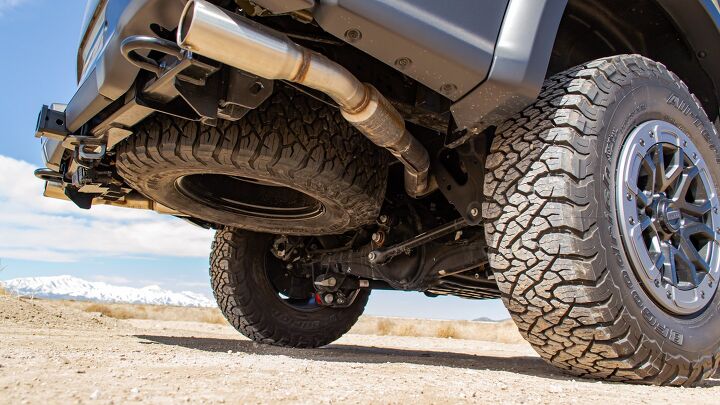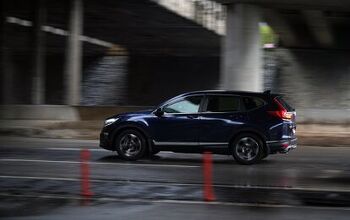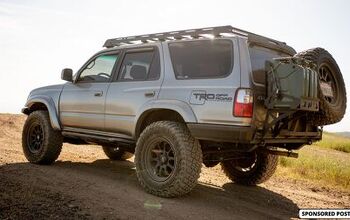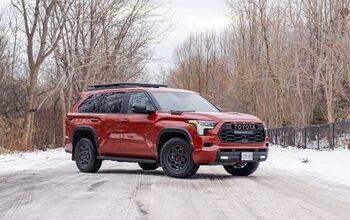Here's Why the 2024 Ford Ranger Raptor Has a Unique Rear Suspension

It's all about agility—with a little bit of predictability for good measure.
We recently had the pleasure of picking the brain of Ford's Karl Widmann, the chief engineer at Ford Performance. Widmann was on-site for the launch of the 2024 Ford Ranger Raptor, and appeared as a guest on Episode 12 of the AutoGuide Show brought to you by eBay Motors.
On paper, the Ranger has a whole lot in common with the Bronco Raptor. Not only do they both use the same 3.0-liter EcoBoost V6 and 10-speed automatic, they sit on the same platform. Fox Live Valve shocks are tucked in the ample wheel arches of both, and the pickup has locking differentials front and rear just like the SUV.
There are just as many differences between these two of course, as you'd expect when there's a $35,000 gap between them. But there's one aspect in particular that gives the Ranger its own attitude in the Raptor family: its Watts link rear suspension.
"The Watts link in the rear gives us that capability, because the lateral stiffness of the tire patch in the rear is much stiffer than a Panhard bar system," explains Widmann. A Watts link can add weight and relative complexity, but the payoff is less lateral suspension movement, resulting in more consistent handling.
Widmann explains the two vehicles also serve slightly different audiences. "In the Bronco Raptor, it was setup to be in essence an Ultra4-inspired vehicle. So it runs fast in the desert and then it can crawl up these huge boulders in Johnson Valley," says Widmann. "So it's setup that it can pull its whole weight on one tire slowly, and just crawl up these rocks."
On the flip side, the Ranger Raptor is narrower, and runs less aggressive 33-inch all-terrain rubber. Its tidier footprint lends itself to a more nimble sort of Raptoring, and the Watts link better aligns with that. The Panhard setup affords the Bronco added articulation, ultimate abilities the Ranger trades out for a sharper steer. True enough, we found it remarkably agile in our first drive review, even powering around a baja track in rear-drive mode.
Become an AutoGuide insider. Get the latest from the automotive world first by subscribing to our newsletter here.

Kyle began his automotive obsession before he even started school, courtesy of a remote control Porsche and various LEGO sets. He later studied advertising and graphic design at Humber College, which led him to writing about cars (both real and digital). He is now a proud member of the Automobile Journalists Association of Canada (AJAC), where he was the Journalist of the Year runner-up for 2021.
More by Kyle Patrick
































Comments
Join the conversation